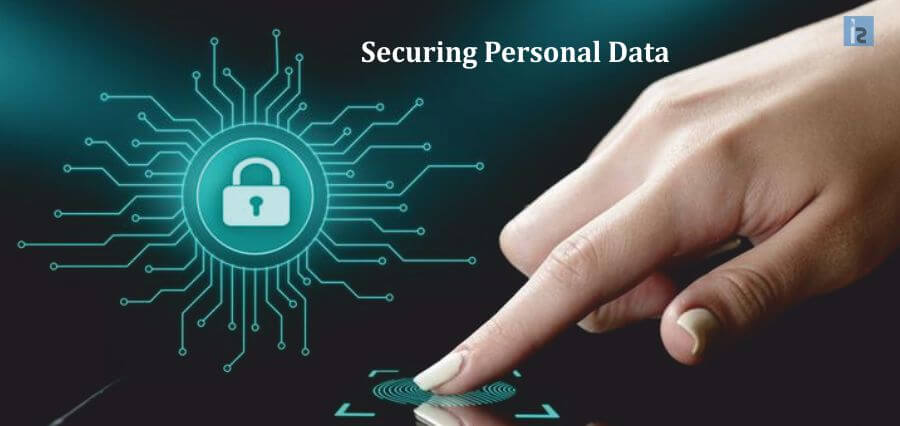The world is moving fully into a digital realm, a scale which is too large. Though, freedom and privacy cannot be taken for granted. Today, the personal data actually refers to data, that’s been created by users. True or not, an individual can be identified from the data and other information to which the organization likely to have access. The word “Privacy” is a fundamental human right. But, nowadays the understanding of the term privacy refers towards the end users data privacy or information privacy.
Protecting privacy and personal data is an issue of risk and trust for organizations. By protecting privacy the risks of costly incidents, reputational harm, regulatory penalties, and other harms lessens. Each and every organization depends upon the trust of its existing and eventual customers, clients, business partners, vendors, and employees. So, when this trust is lost, it might have a devastating impact on an organization.
While dealing with data privacy issues, the solution needs to address data security controls, cloud infrastructure security controls, technical tools and security assurance. Along with technical security controls, the solution has to address governance controls at process and people.
Avoid Data Theft by Enhancing Data Security
It is necessary for organizations to limit the data access by holding privileged access to their sensitive data to a number of employees and insiders. For every organizations, it is really important to be aware of identify their sensitive data. Though, it will be probably around 5-10% of the total data. This could result in an immense loss of reputation and revenue to a company.
To mitigate a cyber-attack, one needs to prepare a list of security measures and data security policies. Through these policies, immediate reaction against cyber threat can be done in order to prevent extreme impacts of a cyber-attack. With access management and rights, employee access could be identified easily and creates on awareness on the user in the organization, who could have the potential to breach.
An organization can secure their sensitive data from hackers by using strong and different passwords for every department. It can also manage using a password manager tool and ensuring that all employees receive proper data security training and password tips, making the hacker feel much more unlikely and difficult. Further, it is really helpful for an organization to have regular data backup and update their data to be on the safer side during unexpected attack or data breach.
The most number of breaches is done in five major industry verticals: banking/credit/finance, business, education, government/military and medical/healthcare. Almost 90 percent of the medical and healthcare breaches the number of records compromised were identified.
Technical Tools for Preventing Data Loss
Data loss prevention tools (DLP) afford ways to identify uncertain data-handling activity and enforce a remediation action. Use modern strategy to keep data secure from theft.
Data Classification: A technique of organizing data into categories for effective use. A classification tool should be scalable, ease compliance with regulatory requirements, and provide incident response features in the case of a data breach. This categorized data will not only ease up the data management but will also boon from getting affected due to cyber security comprising.
User Behavior Analytics: The data loss prevention practices dictate some form of user behavior analytics to combat any insider threats within the enterprise. In case of firewalls and anti-malware software analyze and block potential outside threats, user behavior analytics technology inspects user action for malicious behavior. Force point insider threat, a data loss prevention software constantly monitor and analyze your users behavior, identifying the users who are most likely to compromise the data either accidentally or maliciously.
“Hardware is easy to protect: lock it in a room, chain it to a desk, or buy a spare. Information poses more of a problem. It can exist in more than one place; be transported halfway across the planet in seconds; and be stolen without your knowledge.”– Bruce Schneier, an independent consultant at counterpane systems.
Offline DLP: This is a standard feature for data loss prevention software. As most DLP software is installed directly onto the user’s machine, it can still monitor and protect against attacks while it is disconnected from the network. If an incident occurs, the machine contains the attack details locally until it is reconnected, upon which an incident report will be generated.
By using the right DLP software and policy, every enterprise can determine their own data loss prevention practices to eliminate data loss. Since data breaches become more adept, enterprises should consider data loss prevention a viable addition to their information security strategy.
At present, personal data is increasingly being seen as a personal property. The business firms collect massive volumes of personal data from individuals to use the data to personalize customer offerings, unveil products and diversify into new markets.

Insights Success stands as the epitome of trust and authority. It has earned its reputation as the foremost source of business intelligence, providing readers with a gateway to the pulse of Bharat’s advancing business landscape.
Quick Links
Enquiry
info@insightssuccess.in
for more information on advertising opportunities with Insights Success magazine.
8793630422 / 24
Reach out to Us
Insights Success Media and Technology Pvt. Ltd.
512, Brand Square,
Kunal Icon Rd, Pimple Saudagar,
Pune, Maharashtra 411027

